Yes, this UBER car completely FAILED to even slow down, BUT... a human would have failed to slow down too, in fact, by the time a human could have possibly even seen this pedestrian, they could not get their foot on the brake in time, or swerve the wheel in time. Read on...
Bloomberg Forensic crash analysts who reviewed the video said a human driver could have responded more quickly to the situation. Really?
Bloomberg Analyst states that UBER car should have detected pedestrian in median, and BRAKED. Really?
There is a lot of LIABILITY to go around here, in Road Design, in Pedestrian and Bicycle Safety too.
Maybe it is just me, but this median is attractive. It actually looks like a park.
It looks like park with trees and pathways and rocks. It looks inviting. But its in the wrong location. And at night, there is a serious problem with lighting in the wrong places, and pathways leading to a JWALK situation without a crosswalk or warning signs. At the ground level, it is confusing for both pedestrians and drivers who may see a ped crossing in a strange place, unexpected.
A Dead-End sidewalk, with no safe way out, and no warnings for peds already in the median.
Sure, there is a sign there that says NO PEDESTRIANS and USE CROSSWALK (see photo below), but look at what direction it is facing. It is facing west, perpindicular to the sidewalk, to warn pedestrians on the other sidewalk to not come over into the median. In other words, if you are a pedestrian from the bridge on that side of this one way segment of road, you will not see this sign. You have no warnings on the bridge. In fact, if a pedestrian tried to view this sign they might interpret it to mean, "continue forward to the crosswalk" (in the direction of the arrow) rather than cross to leave the median. Then the pedestrian has this beautiful paved brick pathway that leads them, not to a crosswalk, but to a curb, faced with a decision to cross four lanes of high speed traffic without a crosswalk, without a warning, without a street light.
I can see many pedestrians making a serious mistake with this kind of design and lack of guidance. I believe there is serious liability here.
Architects, Planners and Engineers in their quest to make beautiful transportation facilities need to also think about safety in design and how the user will use the feature or facility. They must also think about if the transportation "art" is confusing, especially from a safety standpoint. This particular design should have had fences, no paved pathways to confuse, and certainly some guidance to peds. The pathways in no case should have connected directly to the curbs of the roadway as if to lead a pedestrian there. The bridge should not have encouraged pedestrians to use the median side of the bridges, as this can only lead to this dead end, on both bridges!
Also, a pedestrian seeing a paved pathway, a short cut, and a sign that says in effect "don't use me" is a very mixed message. Grant Johnson, TE
Sources: All street view and aerial photos from Google Maps. Illustrations by Grant Johnson, TE
0 Comments
Often depicted in way over simplified conceptual drawings, the Autonomous Vehicle is consistently misunderstood.
Autonomous Vehicles: In order for there to be compelling reason to incur the impact and expense of potentially retooling the entire vehicle industry, there would need to be compelling improvements to safety, capacity / efficiency, as well as the environment. The autonomous vehicle has in principle, the capacity to improve all three, but the conceptual illustrations one can find today on the internet when searching for "autonomous vehicles" leave much to be desired... they generate more questions than answers in one's mind. They are confusing. Such as why does a picture show all this "connectivity and sensors" from each vehicle, but the traffic pattern on the freeway is identical to existing conditions? Where is the benefit? Capacity increase? Or why would one think that it would be a good idea to show vehicles criss-crossing past each other at right angles in an uncontrolled intersection, narrowly missing bumpers, as if that is a safe idea or design? Logically, it's not. A roundabout would be a much better idea, lower speeds, and significantly reduced conflict points (goes from 9 potential conflicts down to just 1). In fact, it doesn't make any sense to introduce such a fallible and dangerous situation where serious injury can take place if technology fails in any way. Also, what about bikes and pedestrians in such a situation? Its as if there were no serious thought put into these concepts when it comes to having Complete Streets.
UBER Autonomous car hits pedestrian. news makes it look like autonomous is not safe
what components are in an autonomous car ?
Stopping Sight Distance = PERCEPTION TIME + REACTION TIME + BRAKING TIME
Autonomous vehicles theoretically change this equation to: SuperFast PERCEPTION TIME + SuperFast REACTION TIME + BRAKING TIME where the braking time remains the same because it is a function of tires, speed, friction, etc., but the Perception Time is a fraction of what humans need to make a decision that they need to brake...theoretically, and the Reaction Time is greatly shortened because no human foot has to move from the floor to get above the pedal to push it. Any Autonomous Vehicle solution MUST also take into consideration the entire body of transportation modes, especially pedestrians and bikes. A pedestrian or cyclist will never be in the autonomous category, so these are mixed transportation use situations.
Good examples of extreme traffic situations can be found in China where density is consistently very high throughout urban cities. n Chongqing China there are residential and business skyscrapers that go on and on for miles and miles, averaging 30 stories tall.
THIS is a compelling reason to implement such an expensive change for the benefit of all, including drivers of vehicles. 90% of residents in Chongqing do NOT own or drive a car. As one watches the video of regular drivers on these massive 9-lane roadways, one can think of what benefit would come to the system if all vehicles were autonomous. In my view, safety would not only improve, but efficiency as well and capacity could be tripled as vehicles perfectly coordinate the merging, with tighter headways, and regulated speeds.
So What will an Autonomous Vehicle transportation system look like? What must it look like?
First of all, it must be safe for pedestrians. In the China video above, the pedestrians are completely separated from the vehicle traffic, because it is not safe or practical to ever have these meet in such high numbers. So there must be separation. There must be grade separation (or in the case of the China video above, a complete separation of vehicle traffic by tunnel if necessary). Grade separations are expensive, but to have a truly autonomous system and remove the human error factor that introduces accidents, often fatal accidents, a separation is needed. If a car is going 60 mph autonomously, and a child runs in front of it, the car no matter how automated, cannot stop in time, and fatality may occur, traffic will come to standstill, etc. We grade separate freeways, and now all roads with autonomous vehicles will need some method of separation in order to achieve the desired levels of safety, of capacity, of efficiency, even the environment and air quality. Fences. Ped and Bike bridges. Even signal systems tied in to the autonomous computer system, coordinated and optimized for safety of peds and bikes.
The future of traffic engineering will be to develop solutions that actually make sense, are safe and efficient, and which can take existing right-of way and turn it into a system where cars are separated from the pedestrians and bikes to improve safety, capacity, efficiency and air quality. |
AuthorGrant Johnson, registered Traffic Engineer, shares insights and experiences from around the world. Archives
June 2023
Categories
All
|
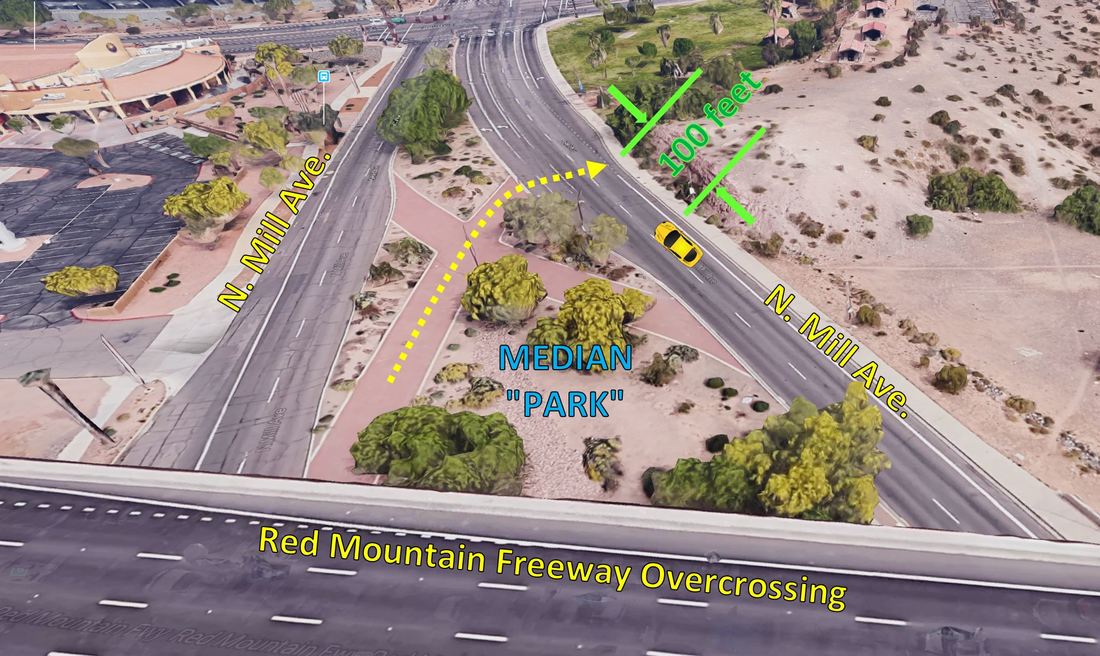
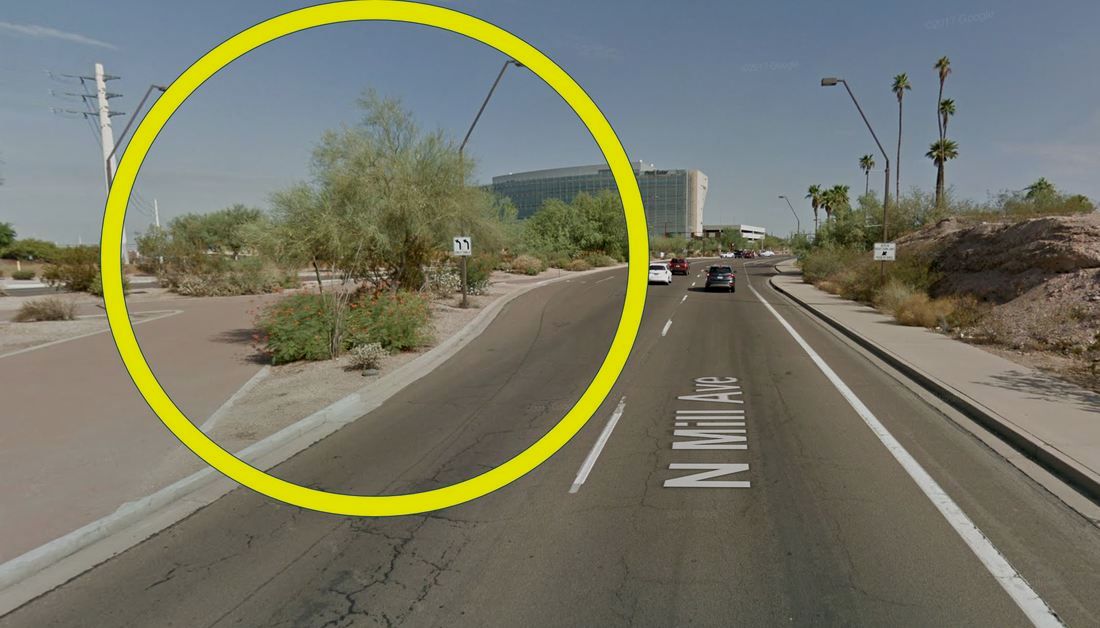
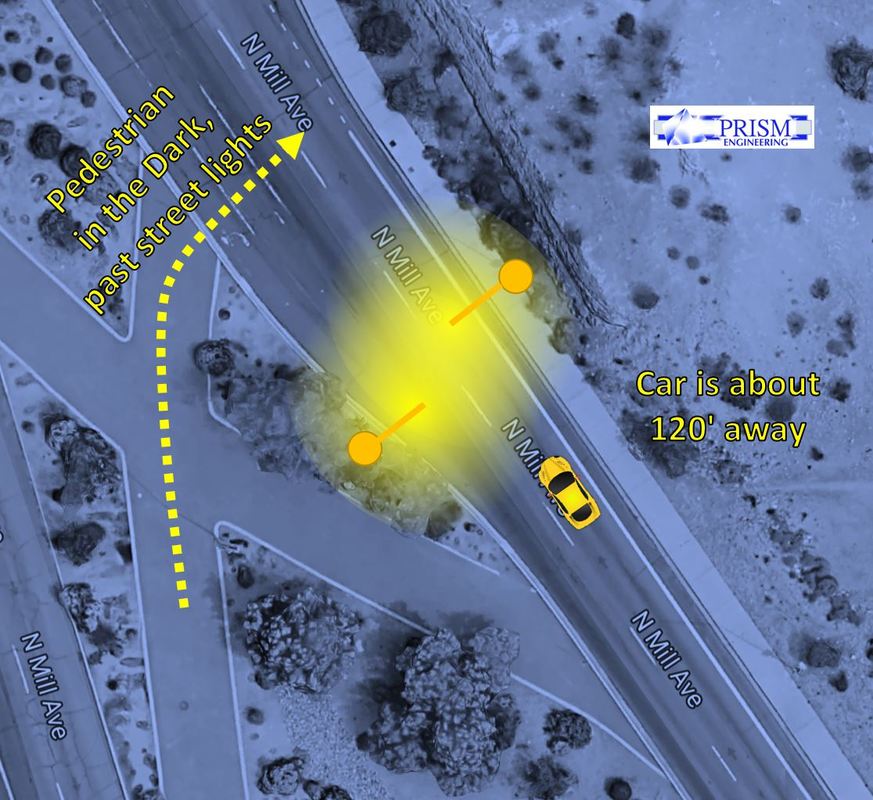
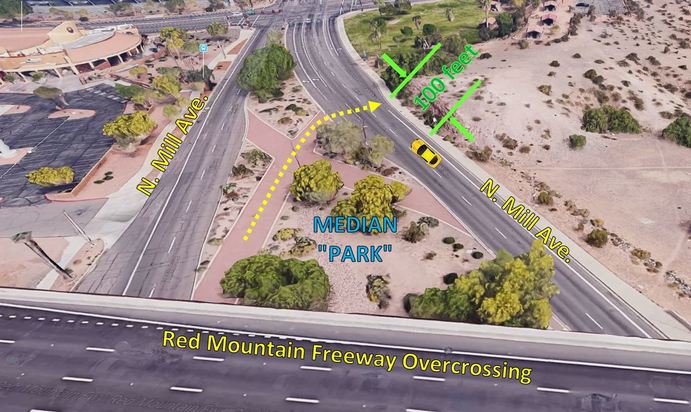
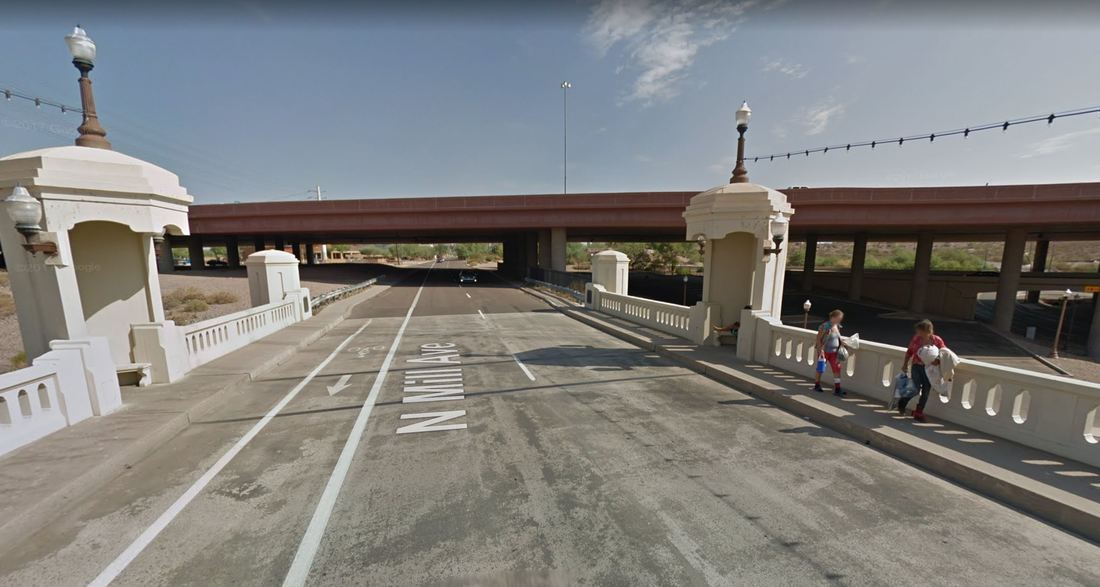
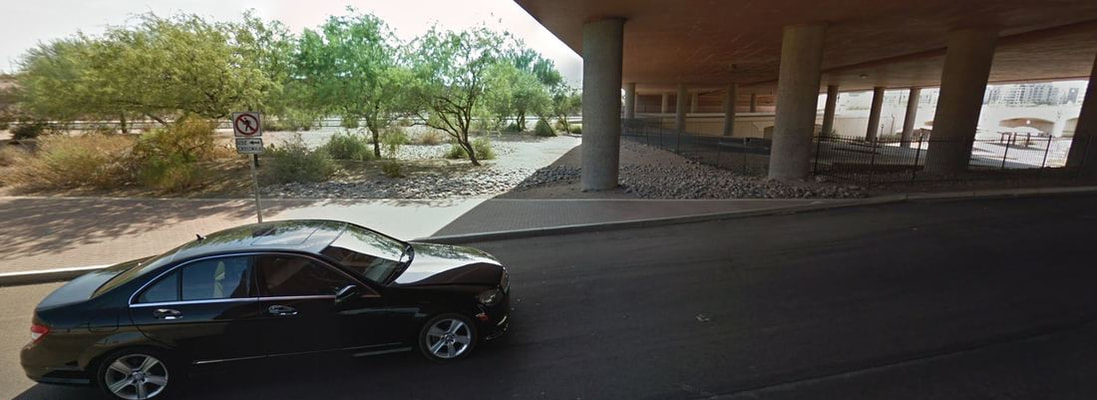
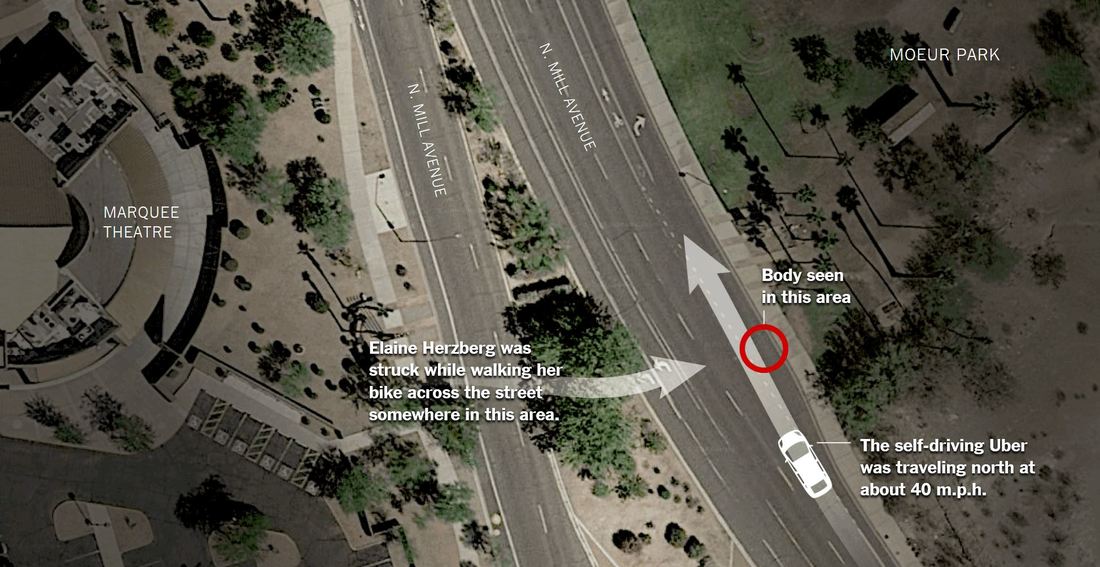
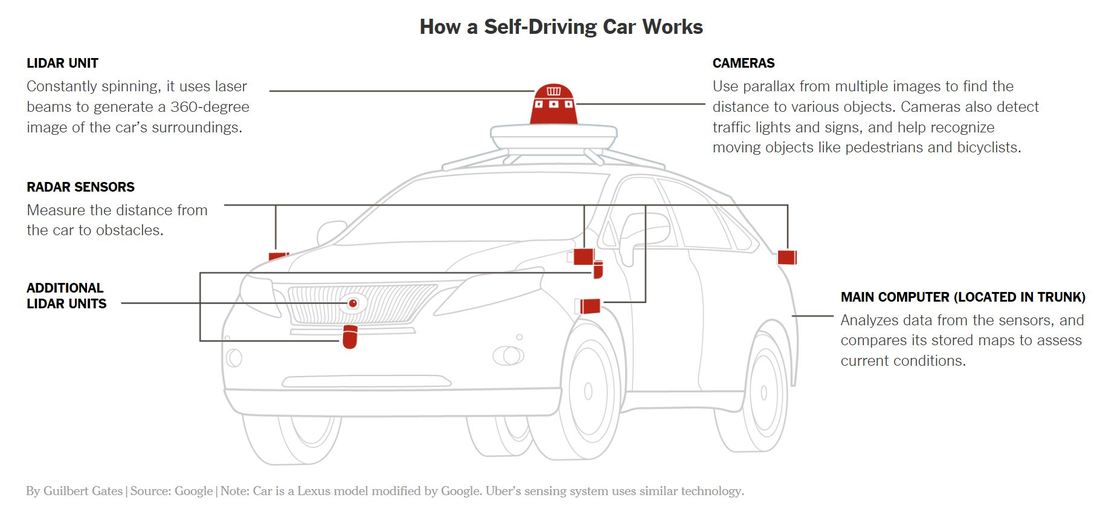
 RSS Feed
RSS Feed